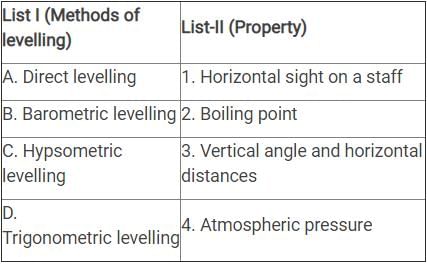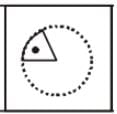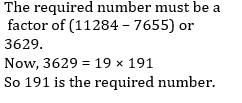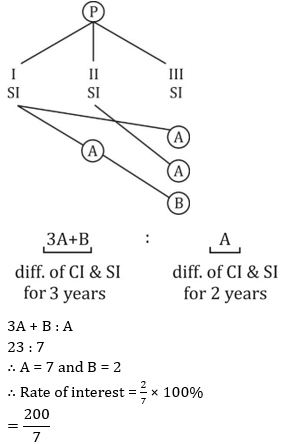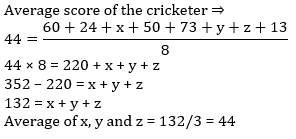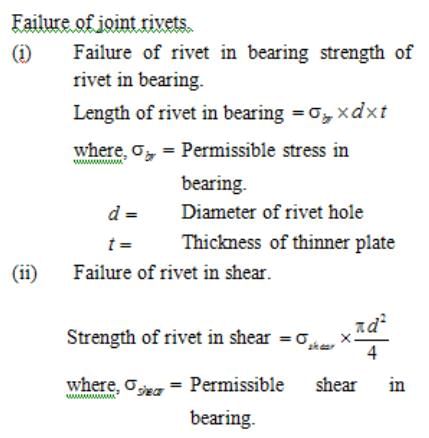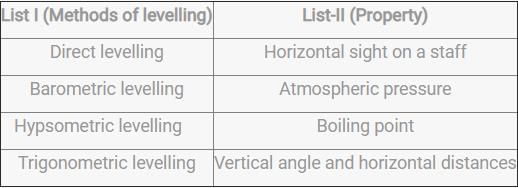MPPGCL JE Civil Mock Test - 3 - Civil Engineering (CE) MCQ
30 Questions MCQ Test - MPPGCL JE Civil Mock Test - 3
The HCF of two numbers is 23 and the other two factors of their LCM are 13 and 14. The larger of the two numbers is :
Direction: If a Paper (Transparent Sheet) is folded in a manner and a design or pattern is drawn. When unfolded this paper appears as given below in the answer figure. Choose the correct answer figure given below.
A round punched paper is given as shown in the question figure. Figure out from the four alternatives as to how it will appear when folded.
Question Figure

Answer figure

A round punched paper is given as shown in the question figure. Figure out from the four alternatives as to how it will appear when folded.
Question Figure

Answer figure

The numbers 11284 and 7655, when divided by a certain number of three digits, leave the same remainder. Find that number of three digits.
When did Motilal Nehru draft a Constitution for India?
The difference of compound interest and simple interest for 3 years and for 2 years are in ratio 23: 7 respectively. What is rate of interest per annum (in %)?
The average score of a cricketer in 8 innings is 44. He had scored 60, 24, x, 50, 73, y, z, 13 respectively in those innings. Find the average of x, y and z?
In the long and short wall method of estimation, the length of the longwall is the centre distance between the walls and
According to the Dickens formula, the flood discharge Q in cumes is given by
If the voids of a soil mass are full of air only, the soil is termed as -
Directions: In question select the related number from the given alternatives.
17 : 37∷ 65 : ?
The longitudinal shearing stresses acting on the surface between the steel and concrete are called_______ .
A sand deposit has a porosity of ⅓, and its specific gravity is 2.5. The critical hydraulic gradient to cause sand building in the stratum will be-
What should be multiplied with permissible bearing stress to find out the strength of rivet in bearing?
For two-way slab, the amount of minimum reinforcement in either direction for Fe 415 is:
Effective length of the fillet weld of length L and size S is given by -
The modular ratio of M20 having permissible compressive stress as 7 N/mm2 is-
As per the Indian soil classification system, inorganic slits of high Compressibility is defined by the symbol-
To measure static pressure in a pipe, one uses a pressure gauge connected to a:
Lime obtained from the calcination of Pure Limestone is called:
If B is the width of the beam and D is the overall depth d is the effective depth then, Maximum tension reinforcement in concrete structure is given by :
Match List - I (Method of Levelling) with the List-II (Property)
